Home>Gardening & Outdoor>Plant Care & Gardening Tips>How To Prepare Soil For Wildflower Seeds
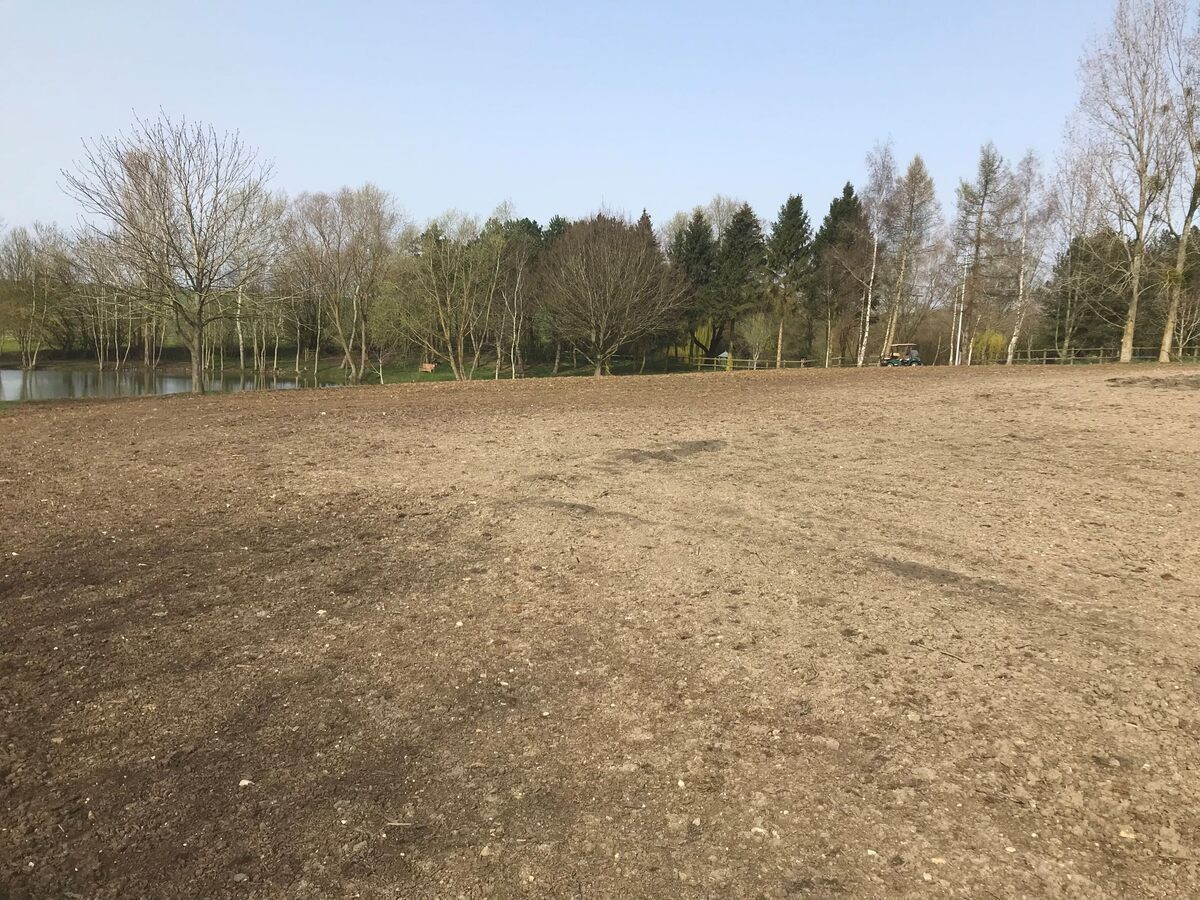

Plant Care & Gardening Tips
How To Prepare Soil For Wildflower Seeds
Modified: January 5, 2024
Learn how to prepare your soil for wildflower seeds with expert plant care and gardening tips. Create the perfect environment for beautiful wildflowers to thrive in your garden. Discover the best practices for successful wildflower seed planting.
(Many of the links in this article redirect to a specific reviewed product. Your purchase of these products through affiliate links helps to generate commission for Storables.com, at no extra cost. Learn more)
Introduction
Welcome to the wonderful world of wildflowers! If you’re looking to add a splash of natural beauty to your garden or landscape, planting wildflower seeds is a fantastic way to achieve stunning, low-maintenance blooms. However, before you scatter those seeds, it’s crucial to prepare the soil properly to give your wildflowers the best possible start. In this guide, we’ll walk you through the essential steps to prepare your soil for wildflower seeds, ensuring optimal growing conditions and vibrant, flourishing blooms.
Whether you’re a seasoned gardener or a green-fingered novice, this process is straightforward and immensely rewarding. By understanding your soil, clearing the area, testing and amending the soil, and finally seeding and maintaining your wildflowers, you’ll be well on your way to creating a captivating wildflower haven that will enchant both you and the local wildlife.
So, roll up your sleeves, grab your gardening gloves, and let’s delve into the enriching journey of preparing your soil for wildflower seeds!
Key Takeaways:
- Understanding your soil type and pH level is crucial for successful wildflower growth. Clear the area, test and amend the soil, then sow the seeds for a vibrant, low-maintenance wildflower display.
- Consistent watering, attentive maintenance, and thoughtful care will ensure a spectacular and enduring wildflower garden. Embrace the beauty of nature and nurture a biodiverse ecosystem in your own backyard.
Read more: How To Prepare Soil For A Vegetable Garden
Understanding Your Soil
Before diving into the process of preparing your soil for wildflower seeds, it’s essential to understand the composition and characteristics of your soil. Different types of soil, such as clay, sandy, loamy, or silty soil, have distinct properties that can impact the growth and development of your wildflowers. Understanding your soil type will enable you to make informed decisions about soil amendments and choose wildflower varieties that are well-suited to your specific soil conditions.
One simple way to assess your soil type is by its texture. Sandy soil feels gritty and tends to drain quickly, while clay soil feels sticky and can become waterlogged. Loamy soil, often considered the ideal type for gardening, has a balanced texture that retains moisture while allowing for adequate drainage. Additionally, observing the color of your soil can provide insights; dark, rich soil indicates high organic content, while lighter soil may require additional nutrients.
Conducting a pH test is another crucial step in understanding your soil. Most wildflowers thrive in slightly acidic to neutral soil, with a pH range of 6.0 to 7.5. Testing kits are readily available at garden centers and can help you determine if your soil’s pH needs adjustment.
By familiarizing yourself with your soil’s texture, drainage, organic content, and pH level, you’ll be better equipped to tailor your soil preparation efforts to create an optimal environment for your wildflowers. Armed with this knowledge, you can proceed to the next steps with confidence, knowing that you are setting the stage for a flourishing wildflower display.
Clearing the Area
Before embarking on the soil preparation process, it’s crucial to clear the designated area of any debris, weeds, or unwanted vegetation. This step is essential to create a clean, blank canvas for your wildflowers to thrive and prevents competition for resources.
Start by removing any visible weeds, rocks, or large debris from the area where you plan to sow the wildflower seeds. Pulling out weeds by hand or using a garden hoe can effectively clear the space while minimizing soil disturbance. Additionally, eliminating existing vegetation helps prevent it from reseeding and encroaching on your wildflowers in the future.
If the area is overgrown with persistent weeds or grass, you may consider using a natural, non-toxic herbicide to suppress their growth. However, it’s important to ensure that any herbicide used is safe for the environment and will not harm the subsequent growth of your wildflowers.
Once the area is cleared of unwanted vegetation, take a moment to envision the wildflower display you aim to create. Consider the natural contours and features of the land, as well as the potential height and spread of the wildflowers you plan to sow. This thoughtful approach will guide the subsequent soil preparation and seeding, ensuring that your wildflowers are positioned to thrive in their new home.
By thoroughly clearing the area and envisioning the wildflower display, you are laying the groundwork for a flourishing and visually captivating wildflower haven. With the canvas cleared, it’s time to move on to the next steps in preparing the soil for your wildflower seeds.
Testing and Amending the Soil
Once the area is cleared, the next crucial step in preparing the soil for wildflower seeds is to assess its composition and make any necessary amendments to create an optimal growing environment. Conducting a soil test is the most effective way to evaluate the soil’s nutrient levels, pH, and organic matter content.
You can obtain a soil testing kit from a local garden center or agricultural extension office, or enlist the services of a professional soil testing laboratory. The results of the soil test will provide valuable insights into the soil’s deficiencies and guide the amending process.
Common soil amendments include organic matter, such as compost or well-rotted manure, which can improve soil structure, drainage, and fertility. Incorporating organic matter into the soil enhances its ability to retain moisture and nutrients, providing an ideal foundation for healthy wildflower growth.
If the soil test reveals imbalances in pH or nutrient levels, you can adjust these parameters by adding specific amendments. For example, to raise the pH of acidic soil, you can incorporate lime, while sulfur can be used to lower the pH of alkaline soil. Additionally, adding balanced, slow-release fertilizer can provide essential nutrients to support the initial growth of the wildflower seeds.
It’s important to thoroughly mix the amendments into the soil to ensure even distribution and maximize their effectiveness. A garden fork or tiller can be used to incorporate the amendments, working them into the top few inches of the soil. This process not only improves the soil’s structure but also creates a welcoming environment for the upcoming wildflower seeds.
By testing and amending the soil, you are customizing the growing conditions to suit the specific needs of your chosen wildflower seeds. This thoughtful approach sets the stage for robust and vibrant wildflower growth, ensuring a stunning and enduring display for seasons to come.
Before sowing wildflower seeds, loosen the soil with a rake or tiller to create a fine, crumbly texture. Remove any debris and weeds to give the seeds a good start.
Tilling and Raking
With the soil tested and amended, the next step in preparing the soil for wildflower seeds involves tilling and raking the area to create an optimal seedbed. Tilling the soil serves to break up compacted earth, improve aeration, and create a loose, friable texture that is conducive to seed germination and root development.
Using a garden tiller or a hand-held cultivator, carefully work the amended soil to a depth of around 6 to 8 inches. This depth allows the wildflower roots to establish themselves and access essential nutrients and moisture while promoting healthy growth and blooming.
After tilling, it’s time to smooth and level the soil surface using a garden rake. Raking helps create a uniform seedbed, free of clumps and debris, and provides an even surface for sowing the wildflower seeds. Pay attention to any uneven areas or depressions, as these can impact water distribution and seed coverage.
As you rake the soil, take a moment to envision the wildflower display taking shape. Consider the color palette, heights, and bloom times of the selected wildflower varieties, and plan the seed distribution accordingly. This mindful approach will contribute to a harmonious and visually captivating wildflower landscape.
Once the soil is tilled and raked to perfection, you are ready to proceed to the exciting stage of sowing the wildflower seeds. The meticulously prepared seedbed sets the stage for successful germination and robust wildflower growth, ensuring a breathtaking and enduring display that will delight both you and the surrounding ecosystem.
Read more: How To Prepare Chia Seeds For Dogs
Seeding the Wildflowers
Now comes the moment to sow the wildflower seeds and bring your envisioned floral masterpiece to life. The process of seeding the wildflowers requires thoughtful planning and a gentle touch to ensure optimal coverage and germination.
Before sowing the seeds, familiarize yourself with the specific requirements of the wildflower varieties you have chosen. Some wildflowers may benefit from a period of cold stratification, while others thrive when sown directly onto the soil surface. Understanding these nuances will enhance the success of your seeding efforts.
When distributing the seeds, consider the desired density and distribution pattern for each variety. For a naturalistic and diverse display, mix the seeds thoroughly and evenly distribute them across the prepared seedbed. Alternatively, you can create distinct areas for different wildflower species, allowing for individualized care and appreciation of their unique characteristics.
After scattering the seeds, gently press them into the soil using a garden roller or by walking over the area. This ensures good seed-to-soil contact, which is essential for successful germination. Avoid burying the seeds too deeply, as most wildflower seeds require exposure to light to initiate germination.
Once the seeds are in place, lightly rake the soil to cover the seeds with a thin layer of soil, helping to protect them from birds and excessive sunlight. Water the seeded area gently but thoroughly, using a fine mist setting to avoid disturbing the seeds. Adequate moisture is critical for the germination and early growth of the wildflowers.
As you complete the seeding process, take a moment to envision the future blooms and imagine the delightful tapestry of colors and shapes that will grace your garden or landscape. The act of sowing the wildflower seeds is a testament to your dedication to nurturing nature’s beauty and fostering a vibrant and biodiverse environment.
With the wildflower seeds sown and nurtured, the next step is to provide the care and attention necessary to support their growth and development. This ongoing maintenance will ensure that your wildflowers flourish and enchant with their natural splendor.
Watering and Maintenance
After sowing the wildflower seeds, consistent watering and attentive maintenance are essential to support their growth and ensure a spectacular display of blooms. Proper care during the initial stages and throughout the growing season will contribute to the success and longevity of your wildflower garden.
Watering is crucial during the germination and establishment phase. Keep the seeded area consistently moist, but not waterlogged, to encourage the seeds to sprout and the young seedlings to develop robust root systems. Depending on the weather and soil conditions, this may require light, frequent watering to prevent the soil from drying out. A gentle touch is essential to avoid disturbing the seeds and seedlings.
As the wildflowers begin to grow, adjust the watering frequency based on the weather and soil moisture levels. During periods of prolonged drought, provide supplemental irrigation to support the wildflowers and help them thrive. However, it’s important to strike a balance, as many wildflowers are adapted to natural rainfall patterns and may not require excessive watering once established.
Throughout the growing season, monitor the wildflower bed for any signs of weeds, and promptly remove them to prevent competition for resources. Weeding by hand or using a gentle hoe will help maintain a clear and nurturing environment for the wildflowers to flourish. Additionally, be mindful of any pests or diseases that may affect the wildflowers and address any issues promptly and organically.
As the wildflowers mature and bloom, deadhead spent flowers to encourage continuous blooming and prevent the plants from expending energy on seed production. This simple practice can prolong the flowering period and enhance the overall visual impact of the wildflower display.
Observing and appreciating the wildflowers as they grow and mature is a rewarding experience. Take the time to immerse yourself in the beauty of the blossoms, observe the visiting pollinators, and relish the ever-changing tapestry of colors and textures that unfolds in your wildflower garden.
By providing attentive care and maintenance, you are nurturing a vibrant and biodiverse ecosystem that not only enriches your surroundings but also supports local wildlife and contributes to the broader ecological balance. Your dedication to the well-being of your wildflowers ensures a lasting and enchanting display that will bring joy and inspiration to all who encounter it.
Frequently Asked Questions about How To Prepare Soil For Wildflower Seeds
Was this page helpful?
At Storables.com, we guarantee accurate and reliable information. Our content, validated by Expert Board Contributors, is crafted following stringent Editorial Policies. We're committed to providing you with well-researched, expert-backed insights for all your informational needs.

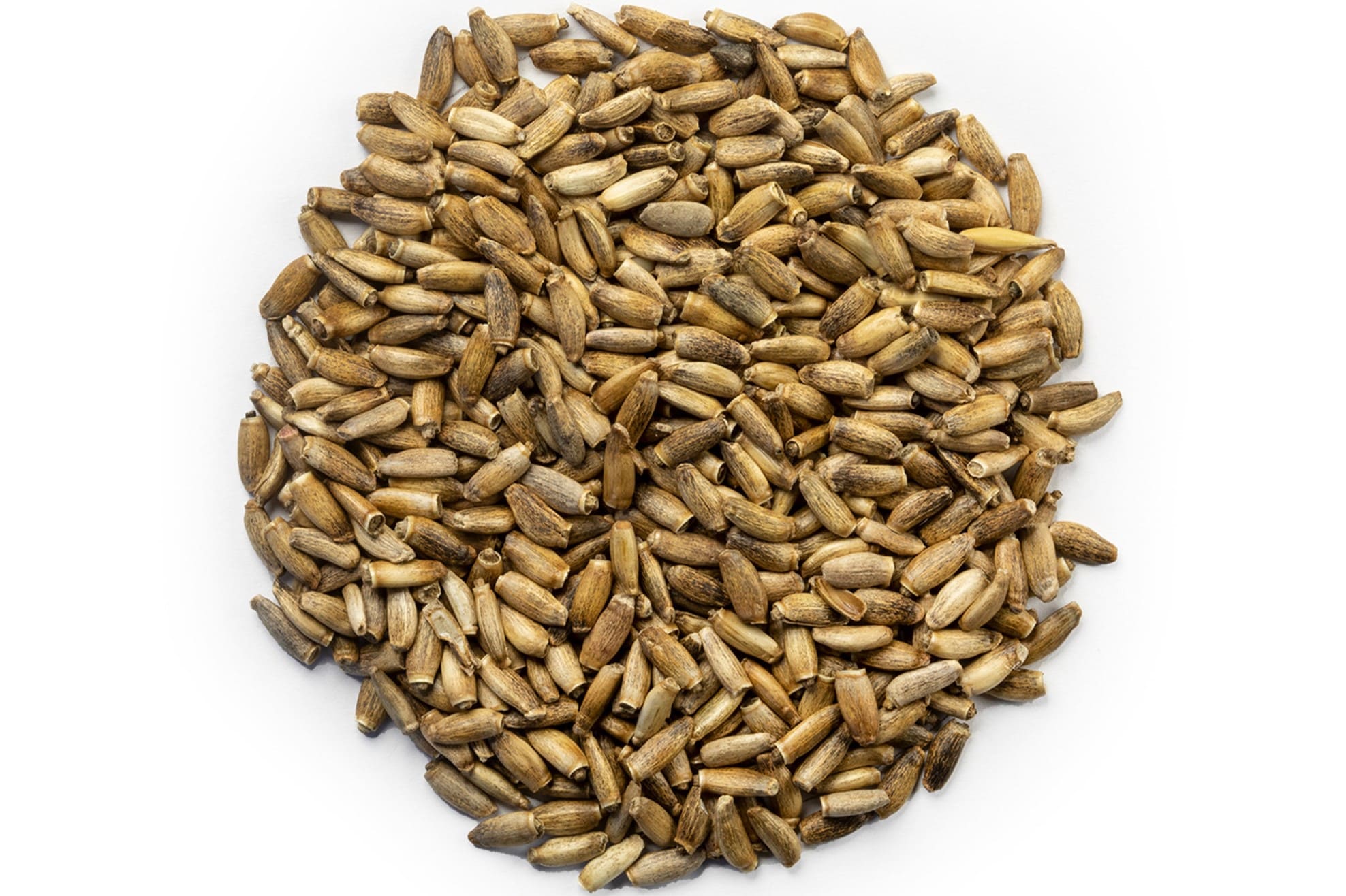
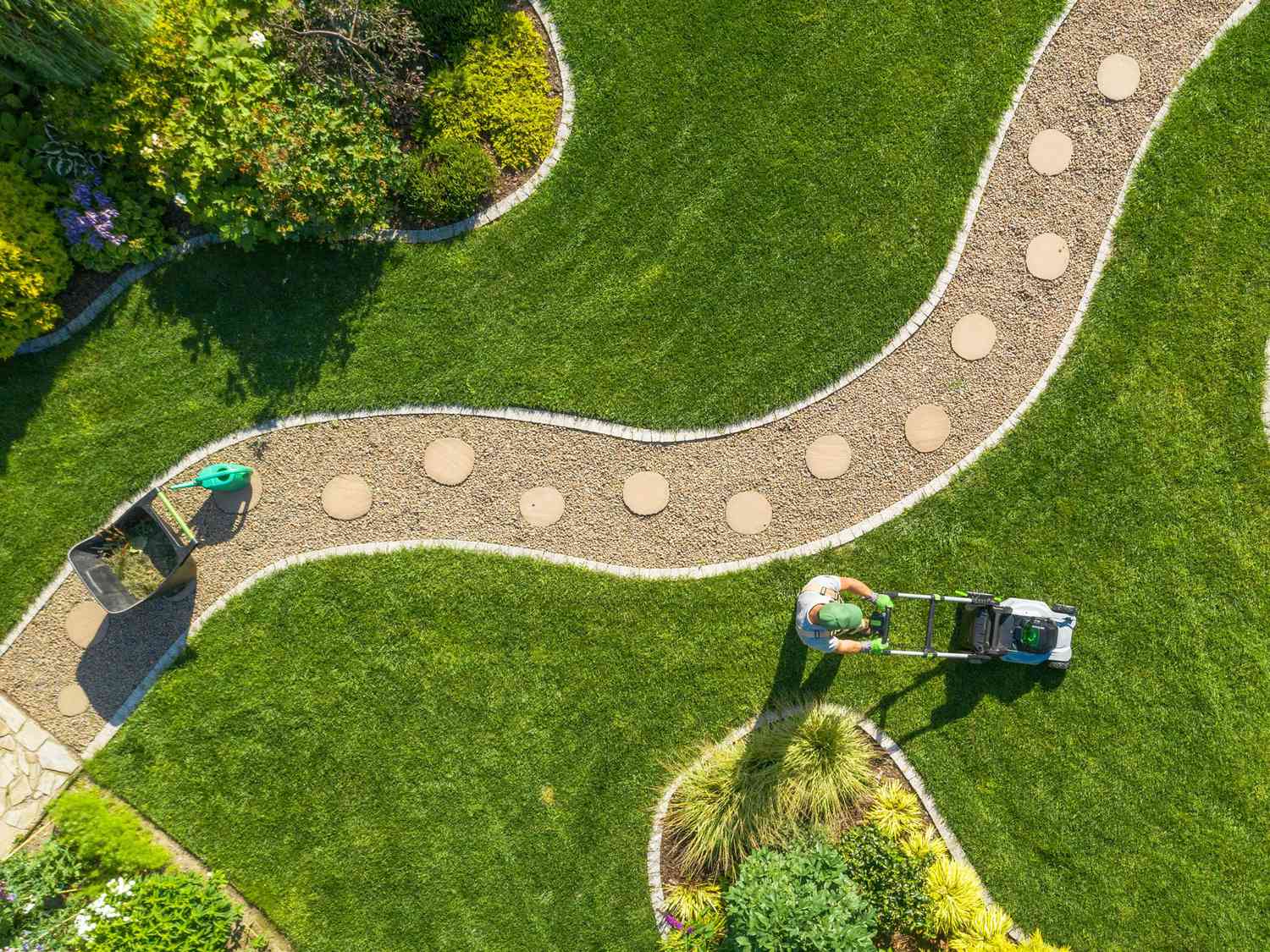
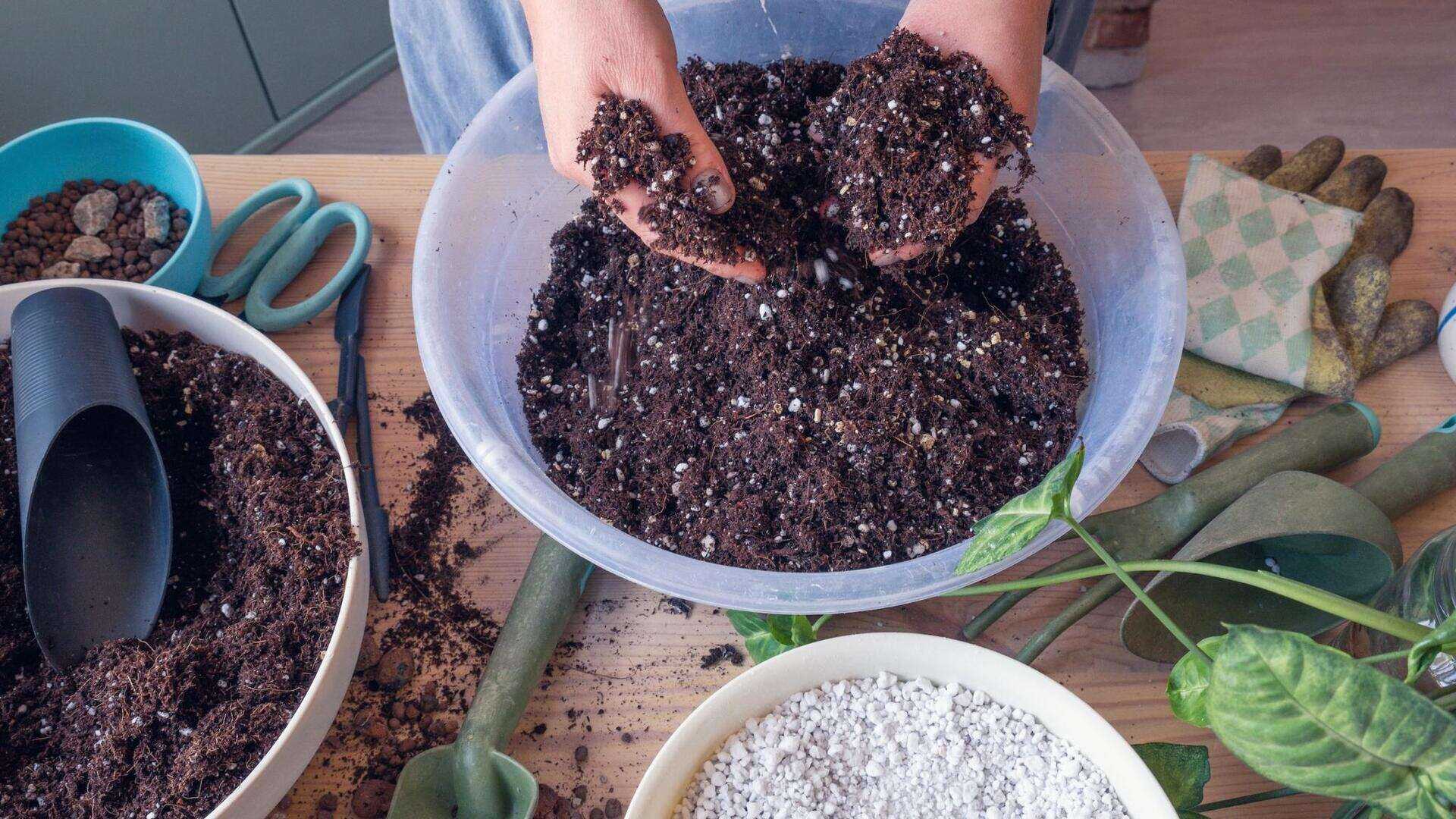
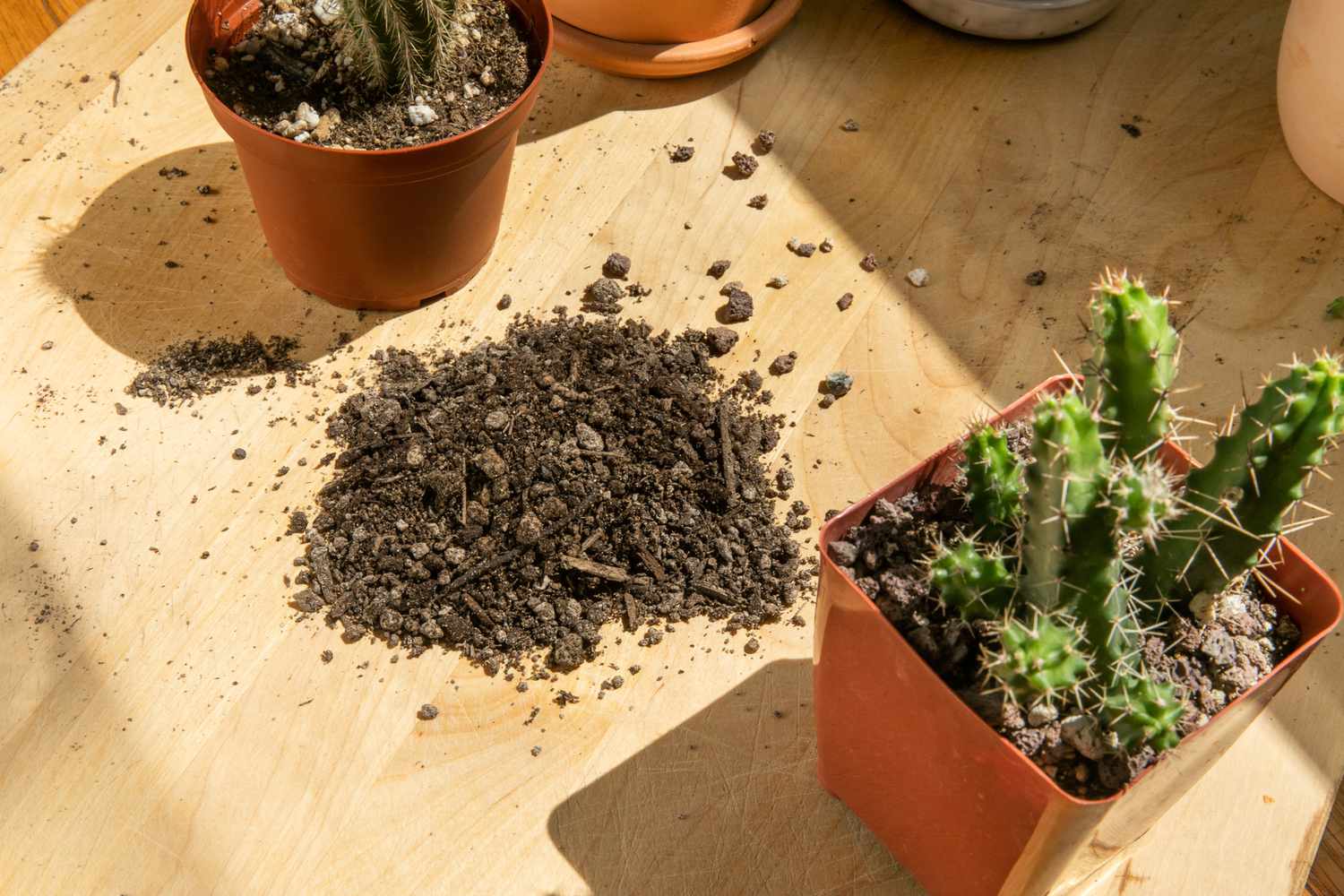
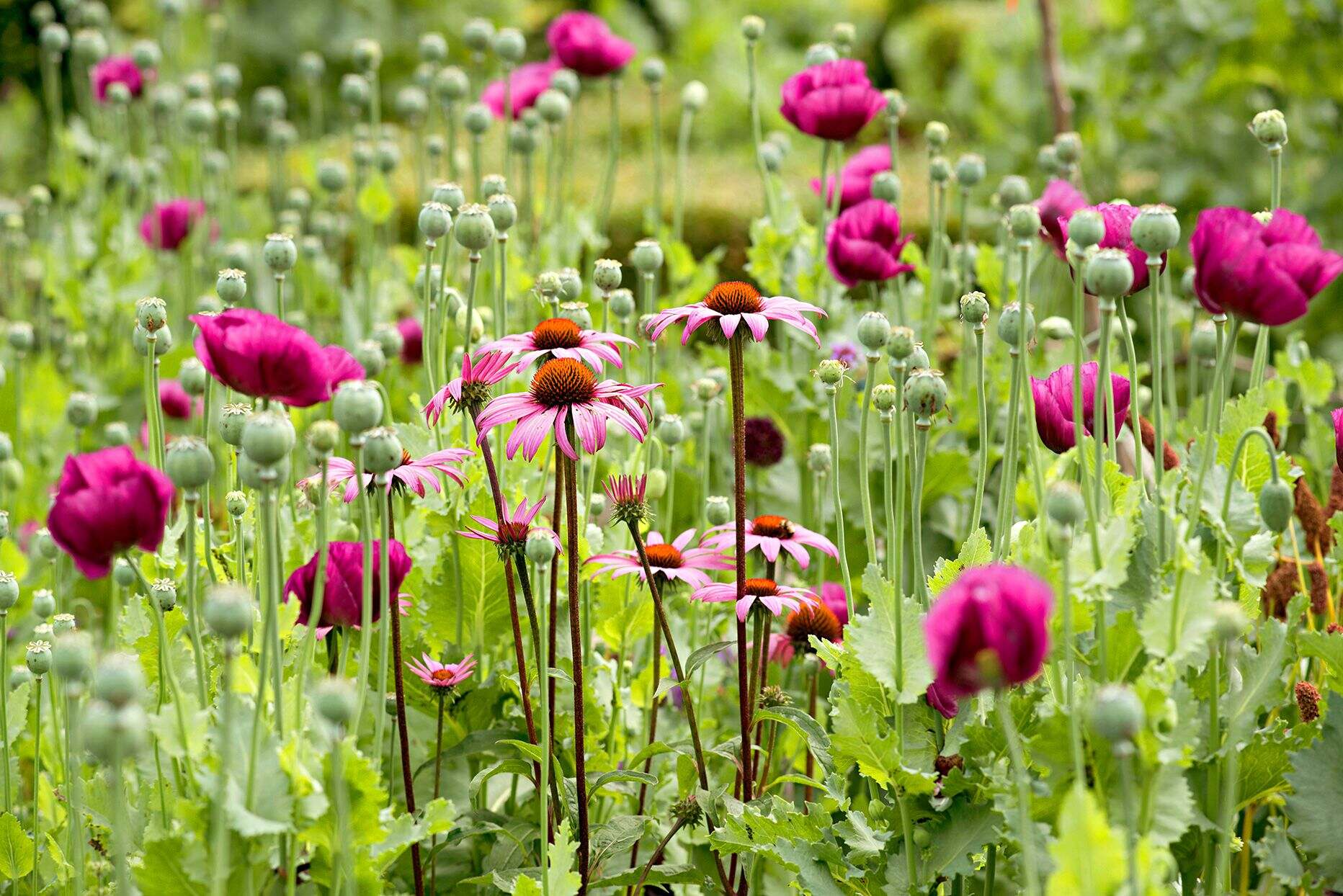
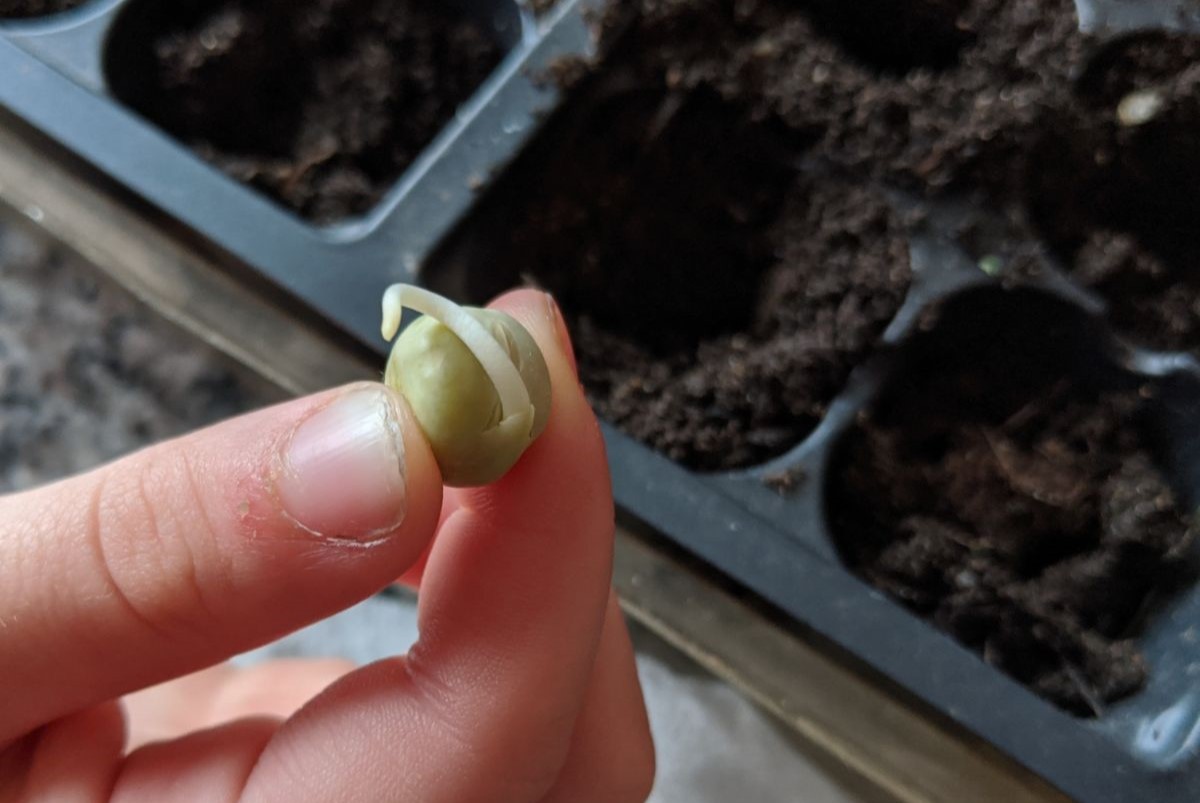
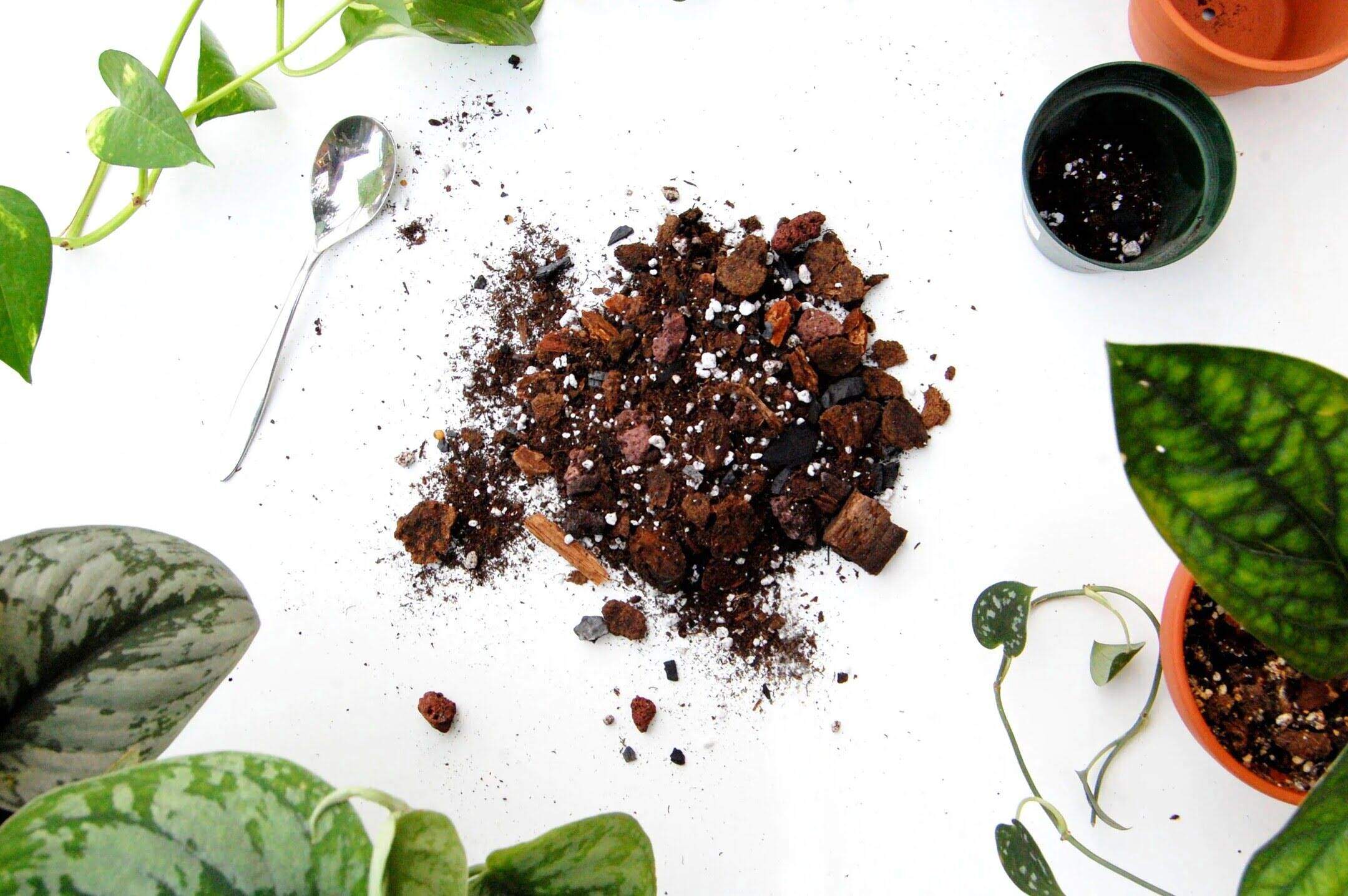
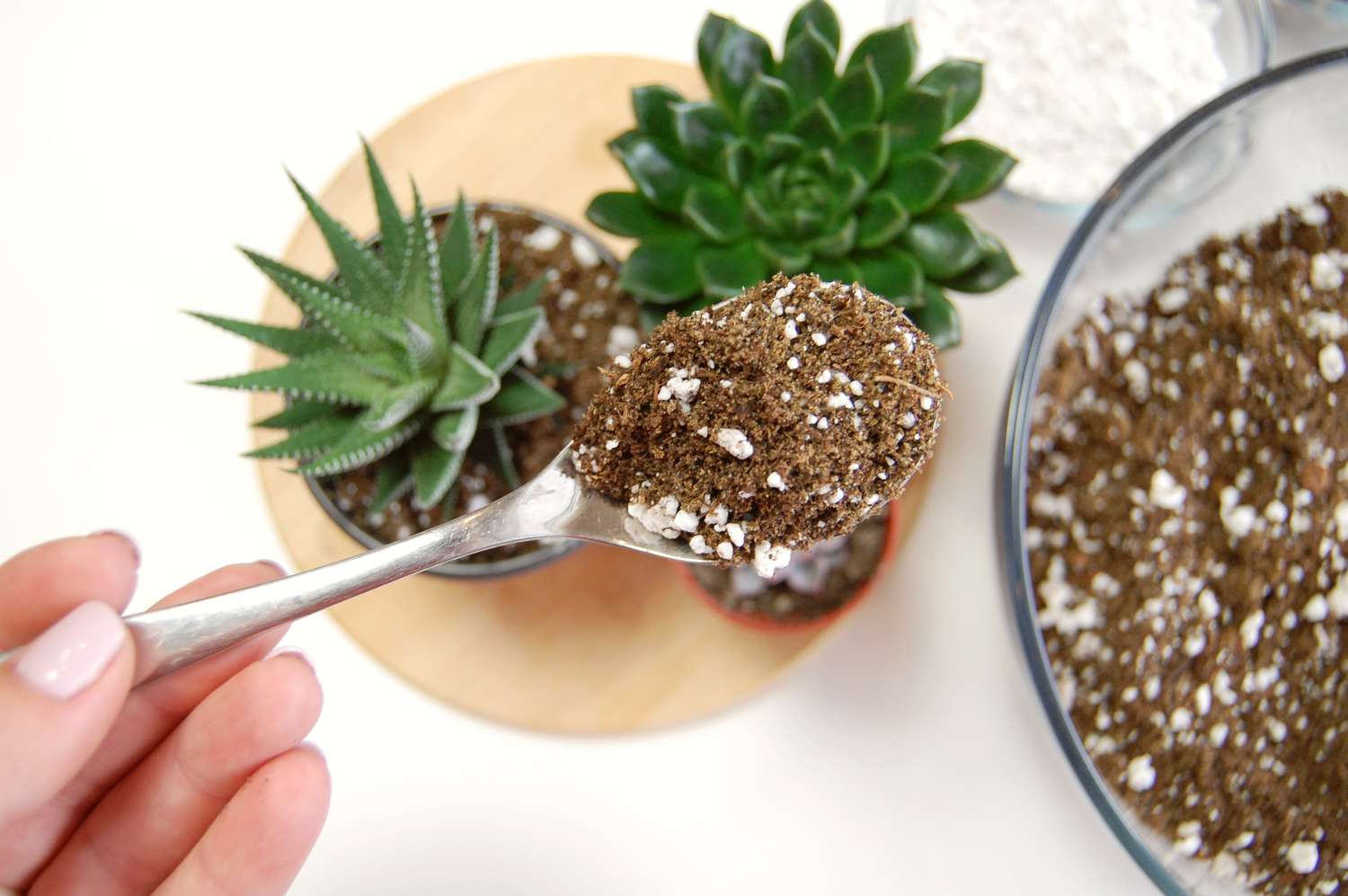
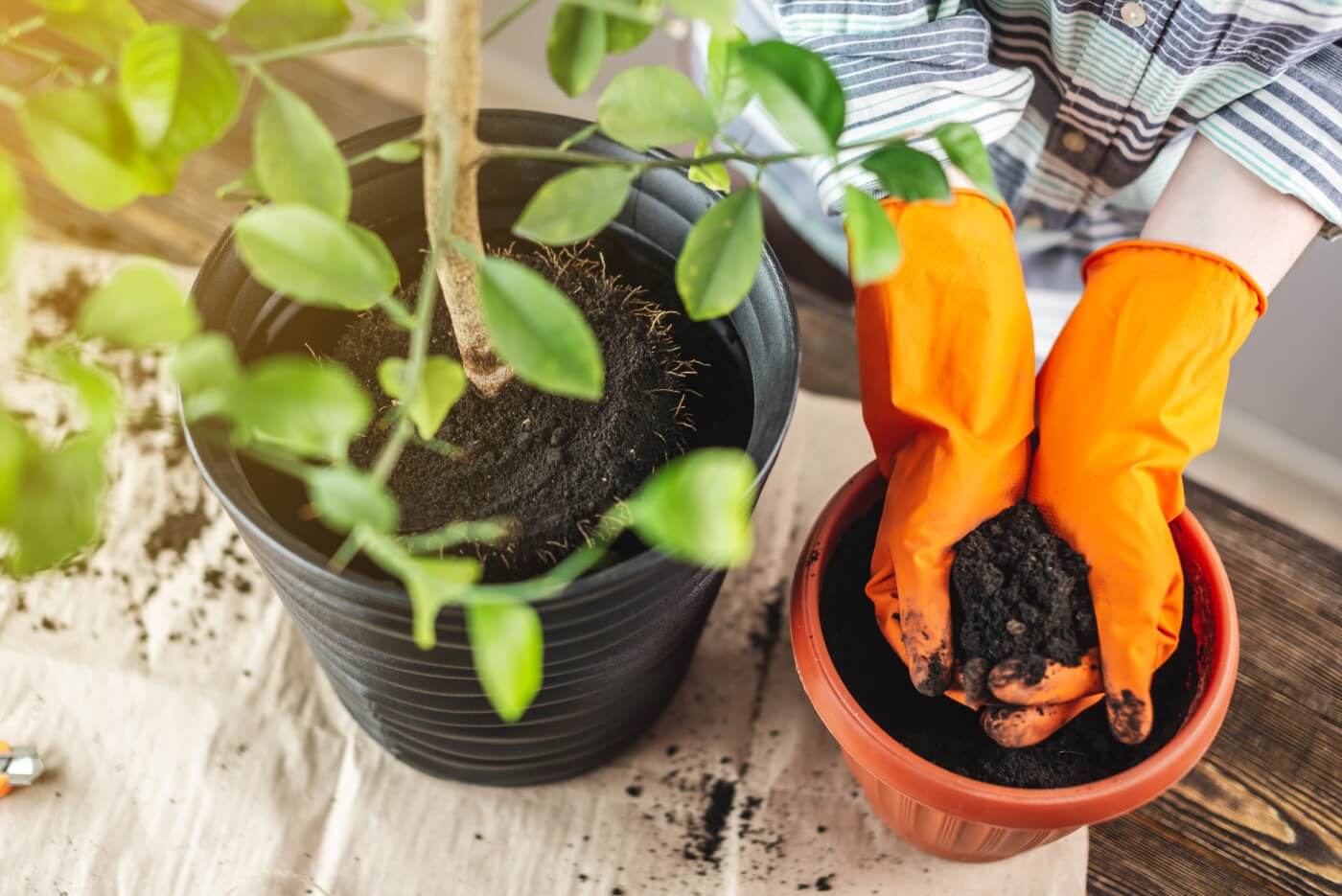

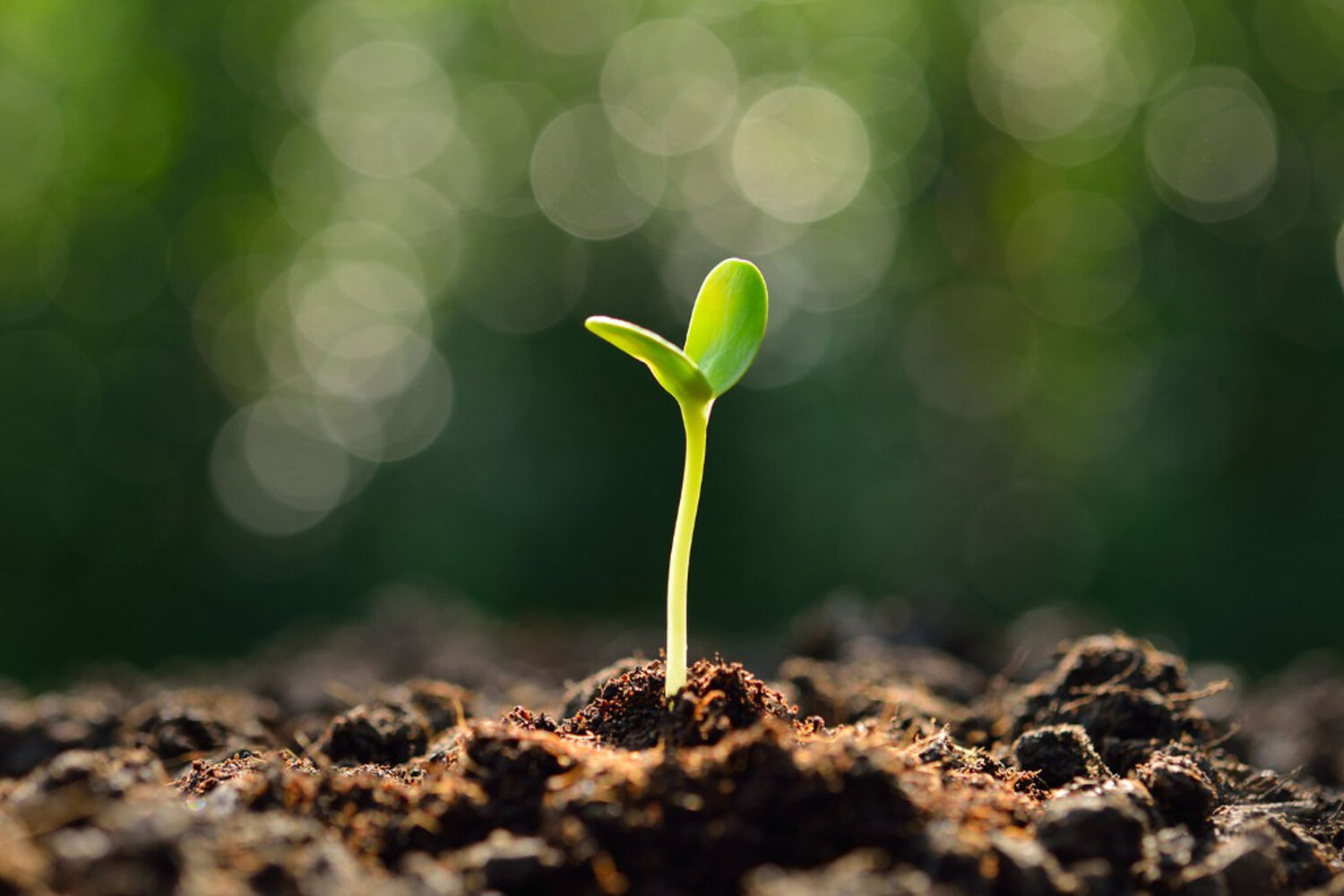
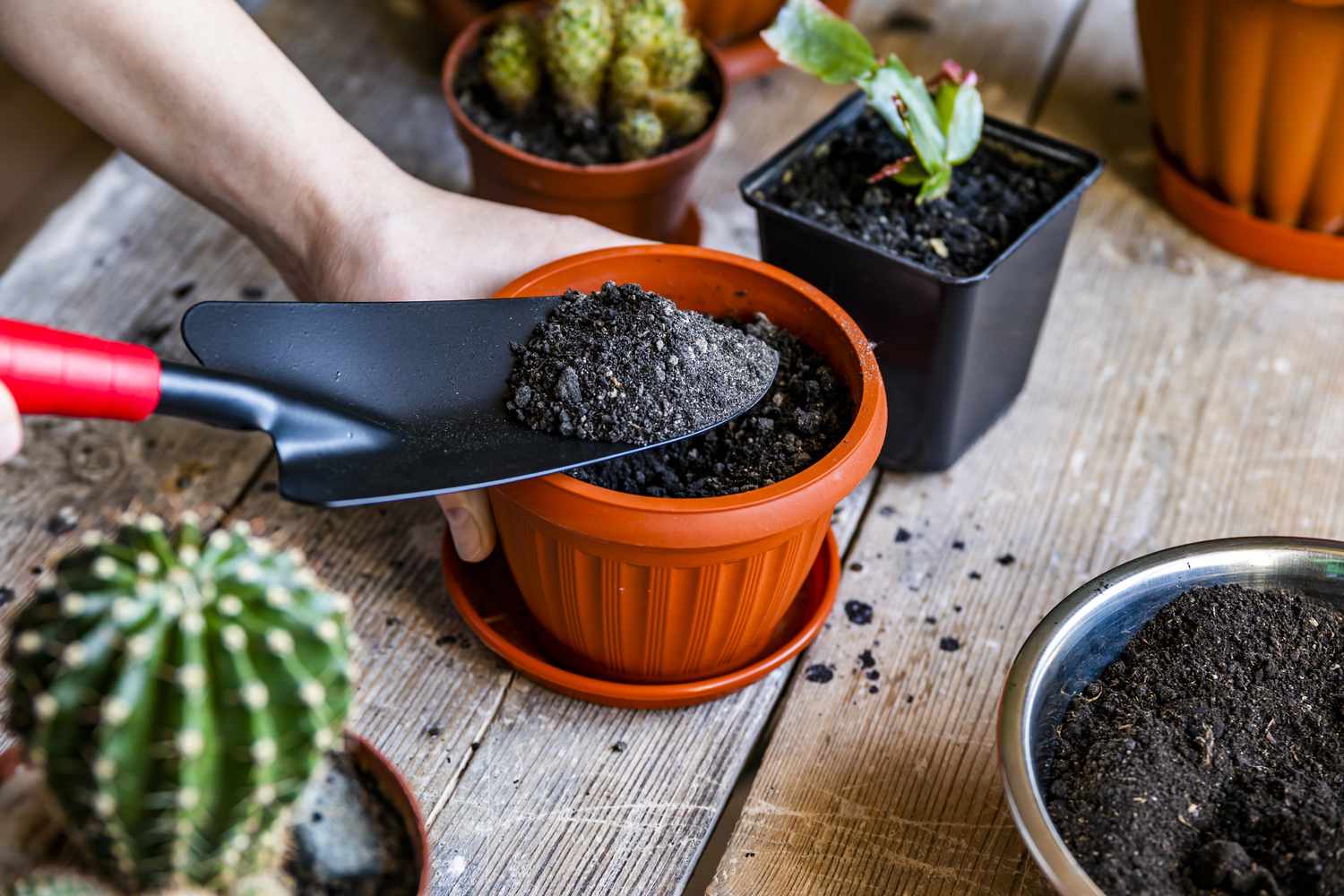
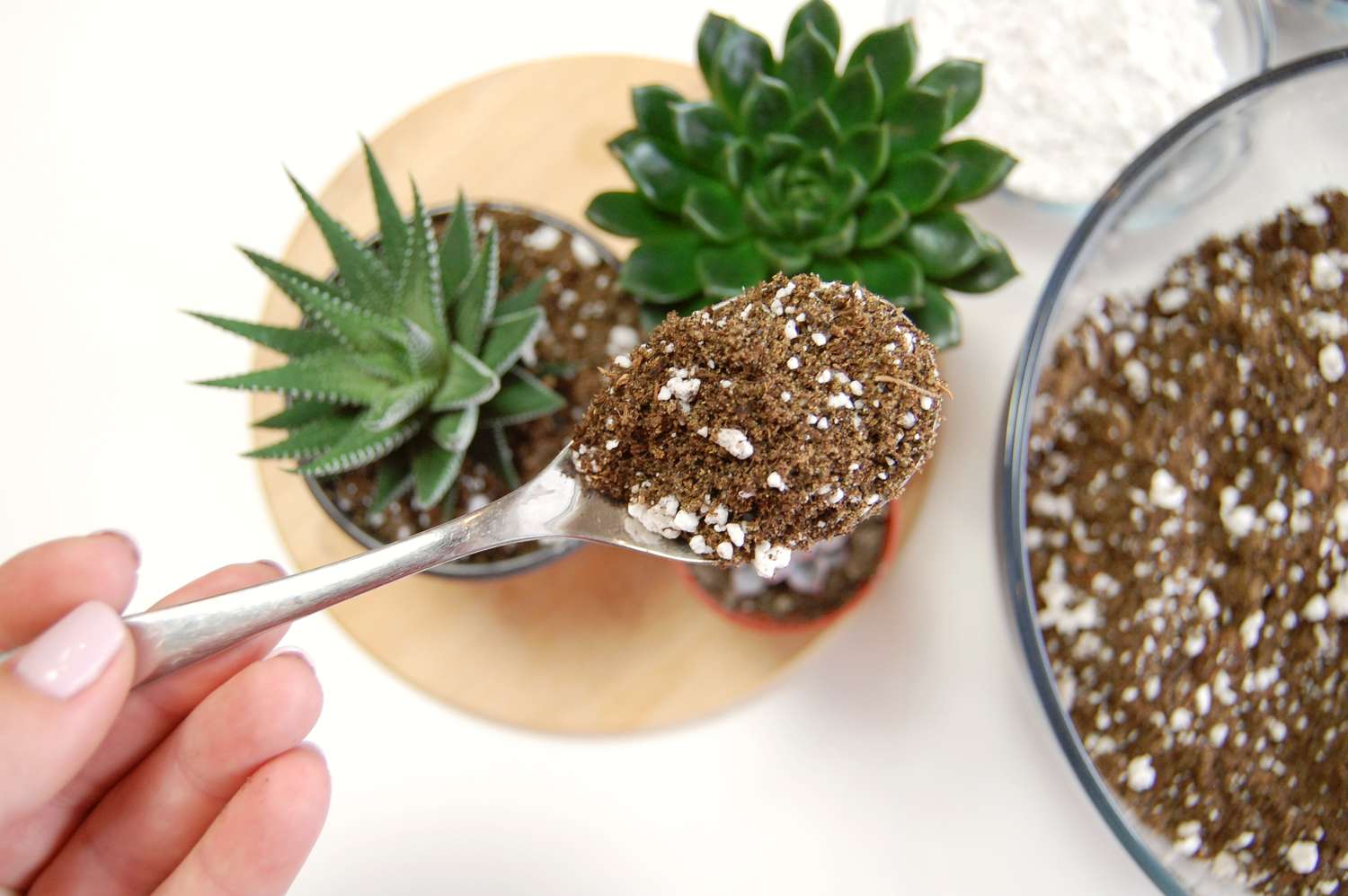

0 thoughts on “How To Prepare Soil For Wildflower Seeds”